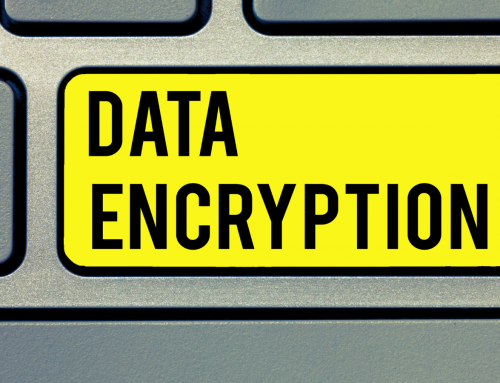Discovered IT Security Terms Everybody Should Know:
Authentication
The process of confirming the identity of a user. If the username and password are correct, then the authentication process has been successful. If the information provided by the user does not match what it stored. Then authentication will fail.
Credential
Credentials are proof of a user’s authorization to connect to a computer system. The term applies equally well to data used to establish authenticity. In computer security, there are three ways it can compromise credentials: theft, compromise, or sharing.
Malware
Malware is a type of malicious software that can infect computers and other devices. It can steal information, damage files, or even cause the device to stop working.
Viruses
A computer virus is another malicious piece of software that copies itself and spreads to other computers. A virus will try to disable anti-virus software and infect files on a computer, including programs, system files, and data files.
Worms
Worms are malicious software that replicates itself but does not infect other computers.
Ransomware
This is a subcategory of malware. There has been a rise in the popularity of this type of malware. Which is designed to encrypt or lock your data. Holding the data hostage, or for ransom, until you pay to have it released or UNENCRYPTED.
Social Engineering
Did you know that most cybersecurity attacks are a form of social engineering? But what is Social Engineering? It is the act of tricking someone into giving up guarded or valuable information. Like passwords or other data, the attacker then uses it to access your data.
Phishing
This is the act of creating emails, websites, and even applications designed to impersonate trusted businesses or websites. These imposters try to get you to provide them with sensitive data they can then exploit.
Antivirus
This is a critical component of computer security. Antivirus software helps protect and scan computer hardware for malicious software called viruses that can infect a computer network.
Patch
Software developers find or discover issues, bugs, or vulnerabilities in their software. They release updates or patches to resolve issues or tighten security.
Zero-day Attack
When cybercriminals use new or undiscovered methods like a new form of malware. This new method is used to exploit holes or vulnerabilities in software, before the issue is discovered, or can be addressed. This type of cyberattack is referred to as a Zero-day attack.
Intrusion Protection System or “IPS”
When protecting from malware, viruses, and other security issues. Specialized devices like firewalls or other hardware are called IPS. The IPS devices look at your entire network for suspicious or malicious activity and stop it from taking advantage of potential vulnerabilities.
Consent
An agreement to participate in a given study or research project that has been explained in language understandable to the potential participant.
Data Integrity
The degree to which data is accurate, consistent, complete, and current. Data integrity ensures that records are not accidentally deleted.
Remember, Cyber Security is a complex issue, and knowing you have a trusted partner like Slick Cyber Systems to help guide you in designing the best security for your network is important. Give us a call today to discuss your cybersecurity needs at (570) 215-8888.






